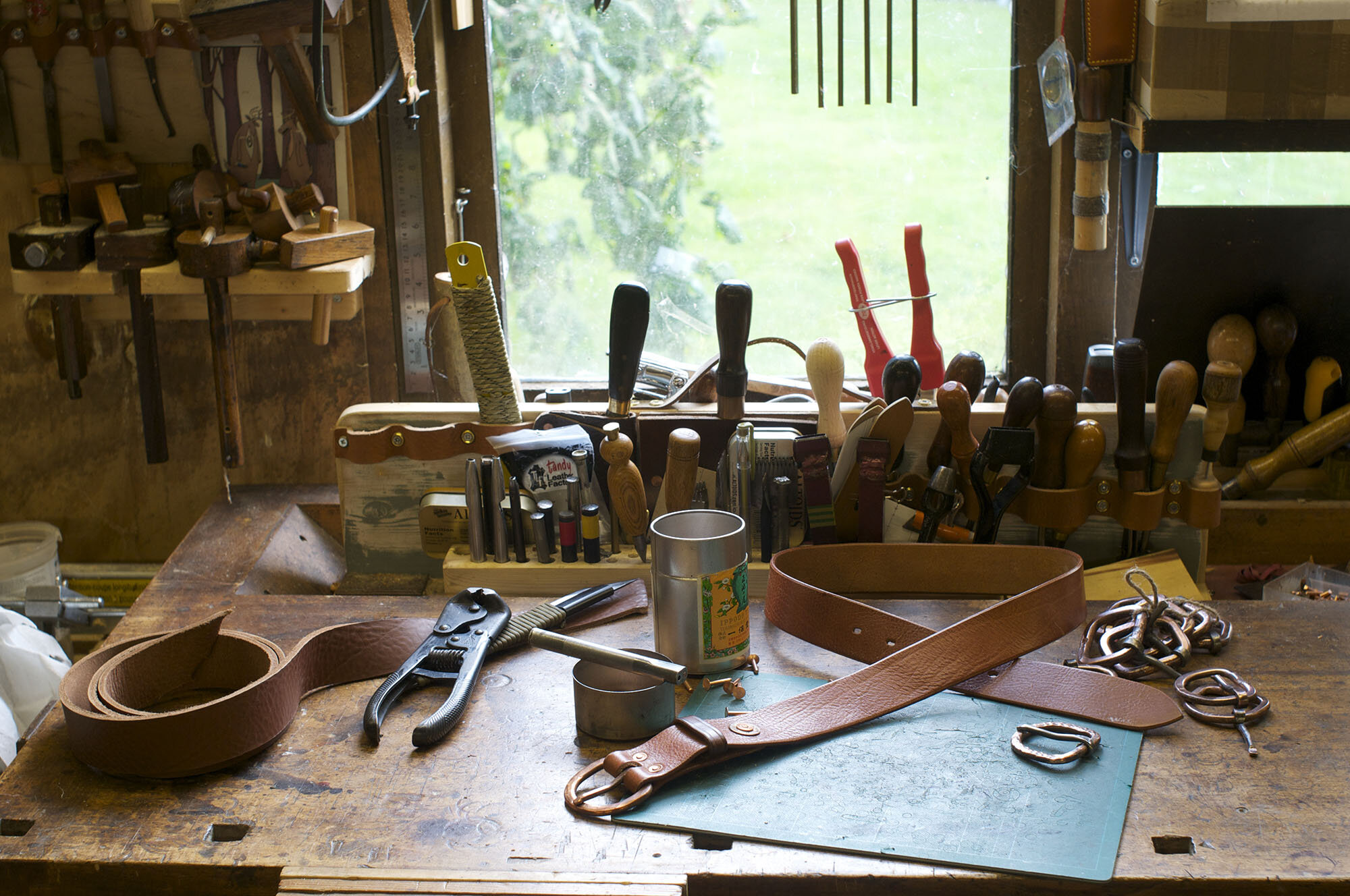Made with passion in Norfolk.
ABOUT
Norfolk makrs. is a small artisan workshop and an extended group of makers who offer a limited and changing range of handmade products.
A simple clear passion for things well made, of quality and long life has been our common thread. We feel that this and a strong clear aesthetic constitute good design.
Our items are crafted for this quality, and fundamentally incorporate a real utility and longevity... and we hope a lasting beauty. A beauty that will develop with age, and reflect well the life they and you have led together.
It will never be our aim to mass produce any of our products, uniqueness is our passion (and we hope yours too) and the very journey of discovery and learning in making is our fuel.
BOROBORO
Until well into the 20th century, large parts of japan were so poor that people couldn’t afford to buy textiles for clothing and bedding.
Cotton was especially precious as cooler temperatures, especially in northern japan, prevented it from being grown locally. As a result, pieces of used, worn cotton were gathered and patched together to create work clothes and most commonly, futon covers and quilts to protect against the harsh winter nights.
The cloth of the people, boro, came to signify clothing and homeware worn and used by the working classes, who rather than throw old garments away, would lovingly repair and reuse them. The word ‘boroboro meaning something tattered or repaired.
Handing these items down over generations, boro textiles would become more and more patched and stitched until after decades of mending and use these humble, utilitarian textiles became tangible remnants of the lives of the common people, of farmers, fishermen and merchants living in the colder northern prefectures of japan.
With the increase in modern living standards, boro became an embarrassing symbol of the working classes former poverty and so was largely discarded and replaced.
Boro is now recognised for not only its accidental beauty, but also for the fact that it encapsulates the three essential principles of Japanese culture and design.... ‘shibui’ favouring the modest, ‘wabi-sabi’ the beauty of imperfections, incompletion and impermanence, and ‘mottainai’ the regret of waste
QUILTS & PATCHWORK
Eastern and western cultures have both long embraced the iconic patchwork quilt,
Making a simple, practical item into a thing of rare beauty, of total function and of worthy utility. Turning old, worn textiles into a family heirloom.
The passed on family sewing skills combined with the social gathering of a quilting session, both feeding an age old need for sleep and warmth. The various worldwide communities each developing an unique style, reflecting their individual cultural
Situations, regions and groups such as Gees Bend, Alabama and the northern Japanese island, Hokkaido, show a long heritage of a particular local styles of quilts, and these historic statements give real inspiration of the beauty of ‘need and necessity’ (in Japan its Boroboro)
LEATHER WORK
The simple belt from the beginning of history, and so often nowadays is never given a second thought. But if made with care and attention it can become an Item reflecting the passion and life of its owner. Apart from function, the belt has historically been used to show rank or allegiance, accomplishment, and of course fashion. Alas, this item has fallen into neglect, due to commerce and indifference.
Beautifully made out of quality full grain cowhide, with a hand cast or forged components, a well fitting belt is a true personal joy that lasts for decades, not seasons.

